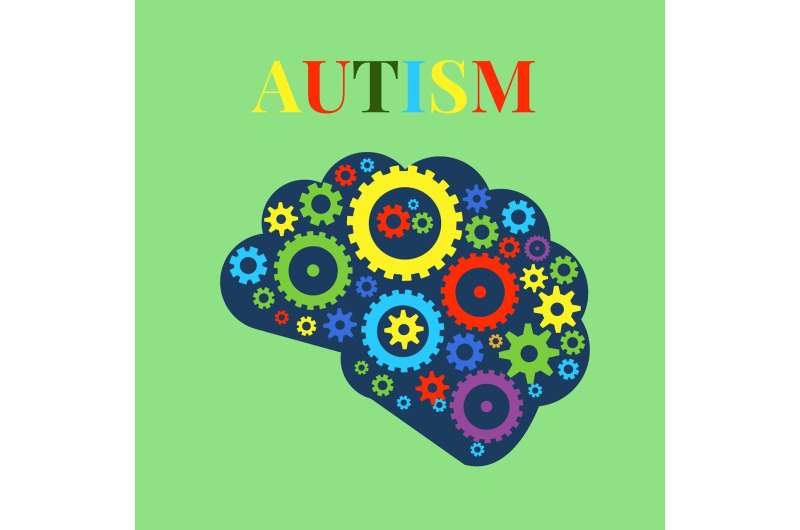Virtual Characters' Presence Can Help Reduce Physical Anxiety Responses

Virtual characters in VR can effectively reduce physical anxiety responses by serving as social buffers, even without perfect realism. Recent studies indicate that perceived social relevance is key to calming effects, opening new avenues for mental health therapies.
Recent research highlights that virtual characters can play a significant role in alleviating physical anxiety responses. Building upon the understanding of social buffering—the calming effect proximity to others has on anxiety—scientists have explored whether virtual presence can replicate this effect in humans. In animal studies, for example, zebrafish show reduced fear behaviors when near conspecifics, even when visual contact is maintained through minimal cues.
Dr. Grit Hein from the University Hospital of Würzburg investigated whether mere social presence, including virtual characters, can diminish autonomic stress responses in humans. The initial studies involved participants in a soundproof booth exposed to fear-provoking screams alone and with a real person nearby. Results indicated that the presence of another individual could lessen autonomic responses, such as skin conductance increases associated with stress. However, individuals with higher social anxiety experienced less benefit.
Expanding this research into virtual reality (VR), Hein collaborated with experts in human-computer interaction to create a virtual replica of the testing environment. Participants experienced the same fear stimuli while viewing virtual characters—both highly human-like and stylized—through VR headsets. Astonishingly, even virtual beings with less realistic appearances, such as a simple wooden mannequin, provided a calming effect similar to that of human-like avatars, particularly when given social meaning (e.g., being able to receive alerts). The human-like male character, in contrast, sometimes increased anxiety, demonstrating that the effectiveness of virtual figures depends more on perceived social relevance than realistic appearance.
This indicates that virtual characters can serve as effective social buffers in stressful situations, which has promising implications for psychiatric treatments and mental health interventions. The key insight is that virtual figures do not need to be perfectly realistic to be effective; rather, they must be perceived as social partners. This understanding opens the door for developing accessible, affordable virtual therapies using AI and VR, tailored to individual needs.
Overall, these findings emphasize the importance of social perception over visual realism in reducing anxiety responses and pave the way for innovative approaches in mental health care and wellness applications.
Source: https://medicalxpress.com/news/2025-05-presence-virtual-characters-physical-anxiety.html
Stay Updated with Mia's Feed
Get the latest health & wellness insights delivered straight to your inbox.
Related Articles
Emerging Research Links Dietary Habits with Mental Health Outcomes
A large Australian study finds that eating more vegetables and fruits is linked to lower psychological distress, highlighting the importance of diet for mental health.
Creating Neuro-Inclusive Universities to Support Autistic Student Success
Discover how universities can become more neuro-inclusive, supporting autistic students through tailored policies, supports, and inclusive practices that promote their success and well-being.
Building Children's Well-Being Through Confidence and Control in Physical Activity
New research reveals that children's confidence, autonomy, and sense of safety during physical activity significantly improve their mental health and overall well-being. Key insights suggest shifting focus from mere activity volume to positive experiences.
Depression as Both a Cause and Effect of Poor Health: New Genetic Insights
A groundbreaking study uncovers the dual role of depression as both a cause and consequence of poor health, highlighting the importance of comprehensive prevention and treatment strategies.



